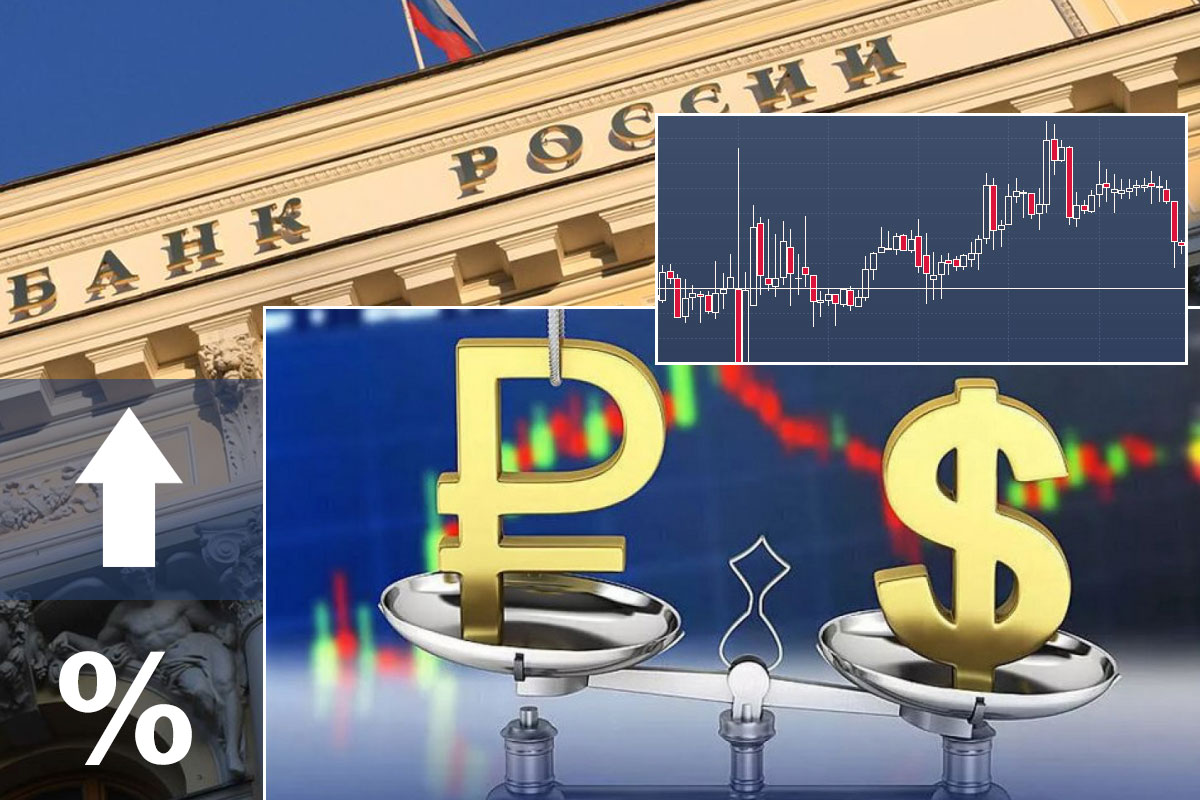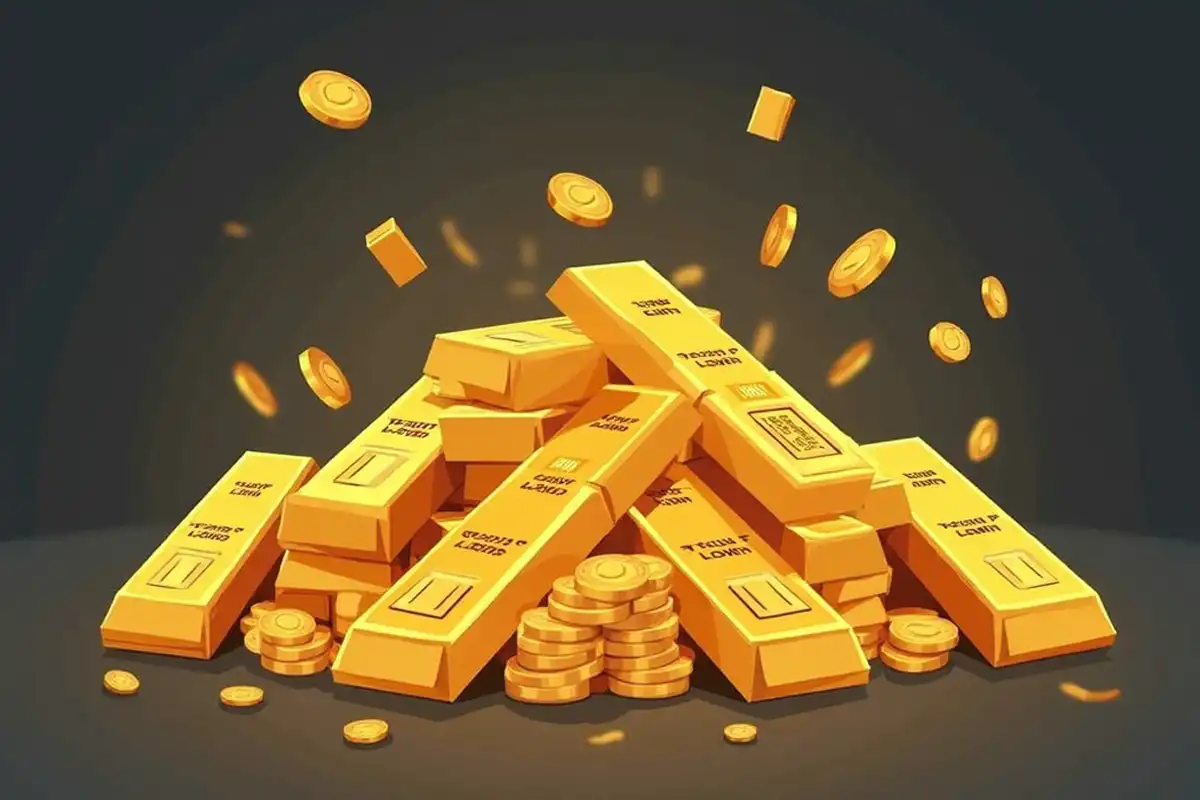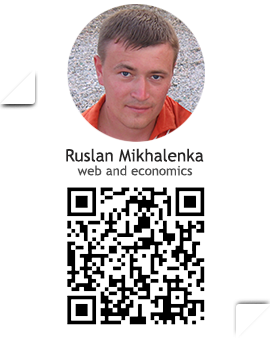The other day, the Central Bank (CB) of the Russian Federation significantly increased the discount rate immediately from 8.5% to 12%. And it's no secret that all this was caused by an unprecedented drop in the ruble exchange rate over the past month (from 80 to 100 USD), which, oddly enough, still contributes to the growth of inflation in the conditions of ongoing de-dollarization and the process of structural adjustment economics.
This event, of course, immediately affected the decline in the value of the dollar (falling from 101.48 to 95.32 RUB/USD during the day), but, after some comments from the Central Bank, the ruble exchange rate rushed up again, which indicates an insufficient measure on the part of the regulator to stabilize its monetary unit.
On an annualized basis, inflation rose to 7.1% (adjusted forecast for 2023 is 5.7%), but, according to the regulator, it will return to the 4% level in 2024.
There is some logic on the part of the Central Bank regarding the decision to tighten monetary policy in the current conditions, because these actions should create market attractiveness to to the ruble, and not vice versa (dollar, euro, etc.).
But it is not entirely clear why, with inflation of less than 8% (fact /forecast), the regulator significantly raises the rate, i.e. much higher than its current and projected level.
In all this there is also a "reverse side of the coin"
The attractiveness of the ruble may grow in the domestic market (mainly among the population), but how much the growth of rates on ruble-denominated OFZ (debt securities issued by the government of the Russian Federation), which make up the main shaft in the monetary relations of the country, will affect the external lender under sanctions and embargoes, is already a question.
Among other things, the growth of the key rate will definitely have an impact on the Russian economy, and this is due to the fact that lending to the real sector will become not just more expensive, but much more expensive. Let's not talk about mortgages, which will become practically non-lifting for the population, unless, of course, certain measures are taken to subsidize this process.
Well, in itself, the outflow of foreign capital, which is the main reason in today's the fall of the ruble , perhaps in no way change the situation in this regard, because this is more a political precedent, not an economic one.
Of course, exporters will benefit from a weak ruble in the short term, but businesses focused on the domestic market will not experience the best of times.
Now the deputies of the State Duma need to ask more questions about the fall of the ruble, not to the head of the Central Bank of the Russian Federation Elvira Nabiullina, but to themselves – why the process of structural economic restructuring, mainly related to the implementation of import substitution projects, has not yet brought the desired results.
A significant increase in the discount rate to stabilize the ruble is the reverse side of the coin Somehow!


































